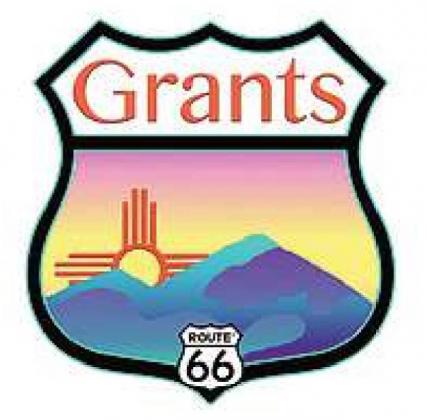City creates conservation committee
GRANTS, N.M. – The City of Grants initiated a water conservation committee that is also developing a drought plan. The mission is focused on developing a strategy that ensures, protects, and improves the community’s water supply and related infrastructure.
The eight members include four city employees, one Grants city councilor, two Smith Engineering Company staff, Professional Engineer Cody Sipes and Nancy Peay, engineer associate, and one community member.
The first workshop identified criteria for rating the water supply, strengths and weaknesses of the existing system, opportunities for improving the water infrastructure, and threats to quality and supply.
The SEC staff presented the results of an American Water Work Association Water Audit and data from the New Mexico Office of the State Engineers Gallons per Capita Day calculator.
City water conservation goals, based on the AWWA Water Audit and NMOSE GPCD Calculator, include reducing nonrevenue water to below 25 percent by 2025. The AWWA Audit was completed using 2018 data and non-revenue water ac counted for 28.7 percent of the total number of gallons pumped from city wells.
(Non-revenue water is one of the more persistent problems in municipal water systems. This is water that is pumped or produced but is subsequently lost or otherwise unaccounted for in the system. Eventually, costs associated with theft, evaporation, faulty metering, poor data gathering, and leakage are passed on to the ratepayer, according to fluencecorpp.com)
Participants at the Sept. 25 session also identified internal and external factors that may affect conservation goals, the group discussed establishing an official meter testing program in addition to ways for reducing outdoor water use including replacing broken city-owned sprinkler heads, and water used during line flushing and watering during peak daytime temperature hours.
City staff identified five rea-sons, including meeting funding application requirements, for completing a drought plan: conserving available water supplies during times of drought and in emergency situations, maintaining adequate supplies to meet domestic use, sanitation and fire protection, protecting and pre serving public health, welfare and safety, minimizing adverse effects of water shortages, and reducing the effects of emergency water supply conditions.
The proposed drought plan lists three levels of severity.
Level 1, Seasonal Conservation, can be implemented annually from May to September, which are usually the hottest, driest months each year.
Level 2, Water Management Alert, would be implemented for any single or combination of the following: the supply of water is inadequate to meet the previous phase, total system supply is reduced by a minimum of eight percent for more than eight days, demand exceeds 80 percent of supply for three consecutive days or 100 percent for two consecutive days, the State of New Mexico declares the region to be in a severe drought.
Level 3, Water Management Emergency, which requires any single or combination of the following: city council adoption of a Resolution, total system supply is reduced by a min imum of 25 percent for greater than 10 days, demand exceeds 125 percent of supply for four consecutive days or 150 percent for two consecutive days or 100 percent for 14 days, the water system is contaminated either accidentally or intentionally, the system fails from a catastrophic event such as storms or caused by man, and the State of New Mexico declares this region to be in an extreme drought.
Two additional workshops have been scheduled, according to Peay.
Call 505-287-7927, or email: manager@grantsnm.gov, for more information.

